Oral cancer causes and prevention.
Hello Hive community, today I bring you a very important topic related very directly to Dentistry and oral cancer.
It may not be as well known as other more common types of cancer, but it is one of the ones with the most forms of detection and prevention, since the warning signs are visible early.
Cancer is a disease with several known risk factors, this appears when specific gene mutations occur that cause cell modification causing abnormal cell function. There are also non-genetic factors that influence its appearance such as radiation, stress, diet, and harmful habits such as alcohol consumption and smoking.
Before going directly into the subject that I want to discuss, you must first know that there are pre-malignant lesions and states of oral cancer, which are an earlier and reversible state if they are treated in time, eliminating their main risk factors.
Among the pre-malignant lesions are: Leukoplakia, Erythroplakia, and Actinic Keratosis. Although the most common are leukoplakia and erythroplakia.
• LEUKOPLAKIA :
It is a whitish stain, which constitutes a severe local alteration of keratinization. The WHO defines it as a plaque or white spot that cannot be characterized clinically or histopathologically as another disease.
Origin :
Leukoplakia is the final, non-neoplastic stage of a keratosis, as a result of an irritant acting on a propitious terrain to cause this alteration. It has been proven that most leukoplakias correspond to smokers.
Clinical features :
This lesion appears as a whitish or grayish-white or yellowish-white spot, with a smooth, cracked, or rough surface, with well-limited or imprecise edges, and can be located anywhere on the oral mucosa. They appear mainly in: mucosa of the lips, cheeks and corner of the lips; the rest is distributed discreetly on the floor of the mouth, hard palate, tongue, lower gum and soft palate.
• ERYTHROPLAKIA :
Reddish lesions of the oral mucosa.
These lesions must be closely monitored, since some present epithelial changes and always carry the possibility of malignant transformation.
The WHO defines it as lesions of the oral mucosa that appear as red, velvety plaques with irregular but well-defined borders, which cannot be clinically or histopathologically characterized as a consequence of any other disease.
Origin :
Its origin is unknown, but it has associated risk factors. There is a higher incidence in male smokers.
Site of appearance: Epithelial surfaces of the oral mucosa, mainly the tongue, buccal mucosa, but it can occur throughout the oral cavity.
Clinical features:
It presents with well-circumscribed or defined borders, ranging in extent from millimeters to centimeters.
Classification:
There are three different forms of this lesion based on its characteristics:
homogeneous erythroplakia; Spotted Erythroplakia and Erythroleukoplakia or Erythroplakia with areas of leukoplakia.
The lesions described above by eliminating the associated risk factors and following a treatment with vitamins usually disappear; but they constitute an alarm signal that we must listen to.
Among the causes and risk factors that predispose to this disease are:
• Smoking and alcohol consumption:
Smoking any type of tobacco or cigarettes causes the release of hundreds of carcinogenic substances and toxins that denature cells and constitute a constant and potentially harmful irritation. In the same way, alcohol consumption enhances the ability of tobacco to cause cancer, so the combination of both is fatal.
• Viruses: several viruses produce variations in the DNA of cells and can cause mutations that are carcinogenic, the best known is the human papilloma virus transmitted by sexual contact, specifically HPV type 16 is associated with the appearance of oral cancer.
• Age: the risk of onset of this disease increases in patients over 40 years of age.
• Solar radiation: prolonged exposure to the sun without protection is the main cause of the appearance of lip cancer.
TREATMENT:
First of all, it is important to clarify that the treatment of this disease is the exclusive responsibility of health professionals. Among the treatments to follow depends on the state and type of injury that the patient has. If after removing the irritants the pathology does not improve, other more complex treatments such as surgery and radiotherapy must be followed.
Definitely the best possible treatment is prevention. Early detection of any potentially dangerous injury is the main objective in consultations.
It is advisable to perform oral self-examination on a monthly basis and visit the dentist every six months.
Self-examination consists of standing in front of a mirror and examining our face and neck, as well as lips, cheeks, hard and soft palate, tongue, floor of mouth and oropharynx.
Any white or red spot, change in coloration of the mucosa, increases in volume of hard consistency that do not hurt and grow, also the presence of warts that increase in size and change can be alarm signals.
Likewise, mouth ulcers that last more than 15 days and do not heal or bleed spontaneously, difficulty chewing or swallowing.
It is also important not to confuse normal structures in our mouth with malignant formations, but that is a topic for another occasion.
Thanks for reading me!
Informative References:
• Signos y síntomas del cáncer de orofaringe y de cavidad oral
• Risk factors for oral cancer
• Lesiones premalignas de la mucosa oral y manchas cancerígenas
Text translated with Google Translate.
Banner created in Canva.

Cáncer bucal causas y prevención.
Hola comunidad de Hive hoy les traigo un tema muy importante relacionado muy directamente con la Odontología el cáncer bucal.
Tal vez no sea tan conocido como otros tipos de cáncer más comunes, pero si es de los que más formas de detección y prevención tiene ya que los signos de alarma temprana son visibles.
El cáncer es una enfermedad con varios factores de riesgo conocidos , este aparece al producirse mutaciones de genes específicos que causan modificación celular provocando un funcionamiento anormal de las células. Tambien existen factores no genéticos que influyen en su aparición como la radiación , el estrés , la dieta , y hábitos nocivos como el consumo de alcohol y el tabaquismo.
Antes de entrar directamente en el tema que quiero tratar primero deben conocer que existen lesiones y estados pre malignos de el cáncer bucal los cuales son un estado anterior y reversible si se tratan a tiempo eliminando sus principales factores de riesgo.
Dentro de las lesiones pre malignas se encuentran: Leucoplasia, Eritroplasia, y Queratosis actínica. Aunque las mas comunes son la leucoplasia y la eritroplasia.
• LEUCOPLASIA :
Es una mancha de color blanquecino, que constituye una severa alteración local de la queratinización. La OMS la define como una placa o mancha blanca que no puede caracterizarse ni clínica ni histopatológicamente como otra enfermedad.
Origen :
La leucoplasia es la etapa final, no neoplásica de una queratosis, como resultado de un irritante actuando sobre un terreno propicio para causar esta alteración. Se ha comprobado que la mayoría de las Leucoplasias corresponden a fumadores.
Características Clínicas :
Esta lesión aparece como una mancha blanquecina o blanco grisácea o blanco amarillenta, de superficie lisa, agrietada o rugosa, con bordes bien limitados o pocos precisos, puede estar ubicada en cualquier sitio de la mucosa bucal. Aparecen fundamentalmente en: mucosa de labios , carrillos y comisura de labios; el resto se distribuye discretamente en suelo de boca, paladar duro, lengua, encía inferior y paladar blando.
• ERITROPLASIA :
Lesiones rojizas de la mucosa bucal.
Estas lesiones deben vigilarse estrechamente, ya que algunas presentan modificaciones epiteliales y siempre acarrean la posibilidad de la transformación maligna.
La OMS la define como lesiones de la mucosa bucal que aparecen como placas rojas, aterciopeladas, de bordes irregulares aunque bien definidos, que no puede ser caracterizada clínica o histopatológicamente como consecuentes a ninguna otra enfermedad.
Origen :
Su origen es desconocido, pero presenta factores de riesgo asociados . Existe mayor incidencia en hombres fumadores.
Sitio de aparición: Superficies epiteliales de mucosa oral, principalmente lengua, mucosa bucal, pero puede presentarse en toda la cavidad oral.
Características Clínicas:
Se presenta con bordes bien circunscritos o definidos, con una extensión que varía desde milímetros hasta centímetros.
Clasificación:
Existen tres formas diferentes de esta lesión basada en sus características :
Eritroplasia homogénea; Eritroplasia Moteada y Eritroleucoplasia o Eritroplasia con áreas de leucoplasias.
Las lesiones descritas anteriormente al eliminar los factores de riesgo asociados y seguir un tratamiento con vitaminas suelen desaparecer ; pero constituyen un signo de alarma que debemos escuchar.
Dentro de las causas y factores de riesgo que predisponen a esta enfermedad se encuentran :
• Tabaquismo y consumo de alcohol:
Fumar cualquier tipo de tabaco o cigarrillos provoca la liberación de cientos de sustancias cancerígenas y toxinas que desnaturalizan las células y constituyen una irritación constante y potencialmente perjudicial. De igual forma el consumo de alcohol potencia la capacidad de producir cáncer del tabaco por lo que la combinación de ambos es fatal.
• Virus: varios virus producen variaciones en el ADN de las células y pueden provocar mutaciones que sean cancerígenas, el más conocido es el virus del papiloma humano transmitido por contacto sexual, específicamente el VPH tipo 16 se asocia a la aparición de cáncer oral.
• Edad : el riesgo de parición de esta enfermedad aumenta en pacientes mayores de 40 años.
• Radiación solar: la exposición prolongada al sol sin protección es la causa principal de la aparición de cáncer de labio.
TRATAMIENTO:
Primeramente es importante aclarar que el tratamiento de esta enfermedad es competencia exclusiva de profesionales de la salud. Dentro de los tratamientos a seguir depende el estado y el tipo de lesión que tenga el paciente si luego de retirar los irritantes la patología no mejora se deben seguir otros tratamientos más complejos como la cirugía y la radioterapia.
Definitivamente el mejor tratamiento posible es la prevención. La detección temprana de cualquier lesión que sea potencialmente peligrosa es el principal objetivo en las consultas.
Es recomendable realizar el autoexamen bucal con una frecuencia mensual y visitar al dentista cada seis meses.
El autoexamen consiste en ponernos frente a un espejo y examinar nuestra cara y cuello, así como labios carrillos paladar duro y blando , lengua , suelo de boca y orofaringe.
Cualquier mancha blanca o roja, cambio de coloración de la mucosa, aumentos de volumen de consistencia dura que no duelen y crecen , tambien la presencia de verrugas que aumentan de tamaño y se modifican pueden ser señales de alarma.
Igualmente las úlceras bucales que tardan mas de 15 días y no cicatrizan o sangran de forma espontánea, dificultad para masticar o tragar.
También es importante no confundir estructuras normales de nuestra boca con formaciones malignas pero ese es tema para otra ocasión.
Gracias por leerme!
Referencias Informativas:
• Signos y síntomas del cáncer de orofaringe y de cavidad oral
• Risk factors for oral cancer
• Lesiones premalignas de la mucosa oral y manchas cancerígenas
Texto traducido con Google Translate.
Banner creado en Canva.

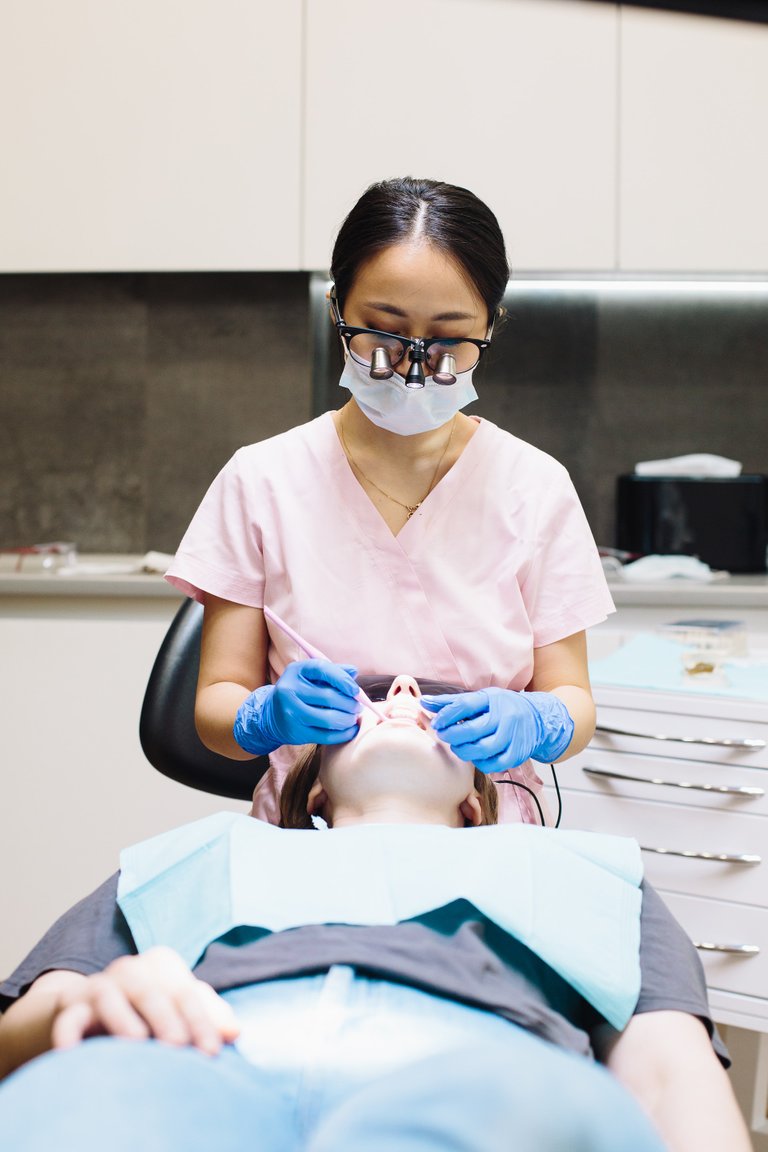
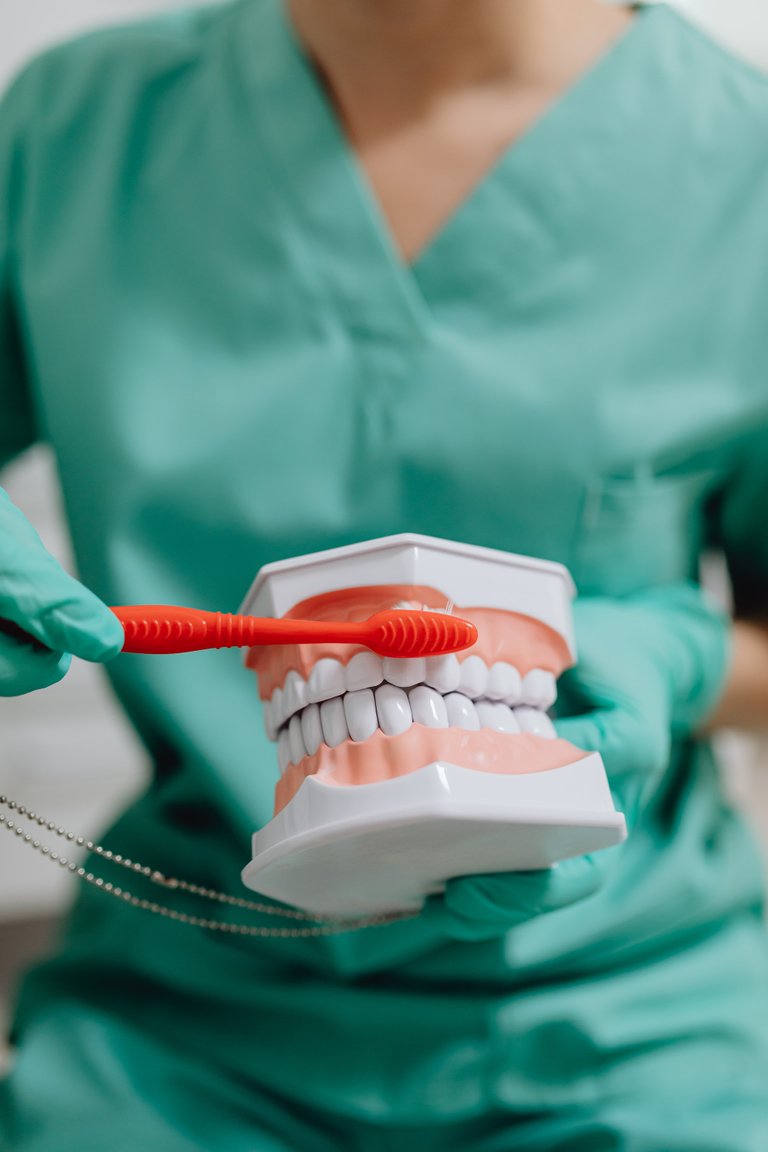
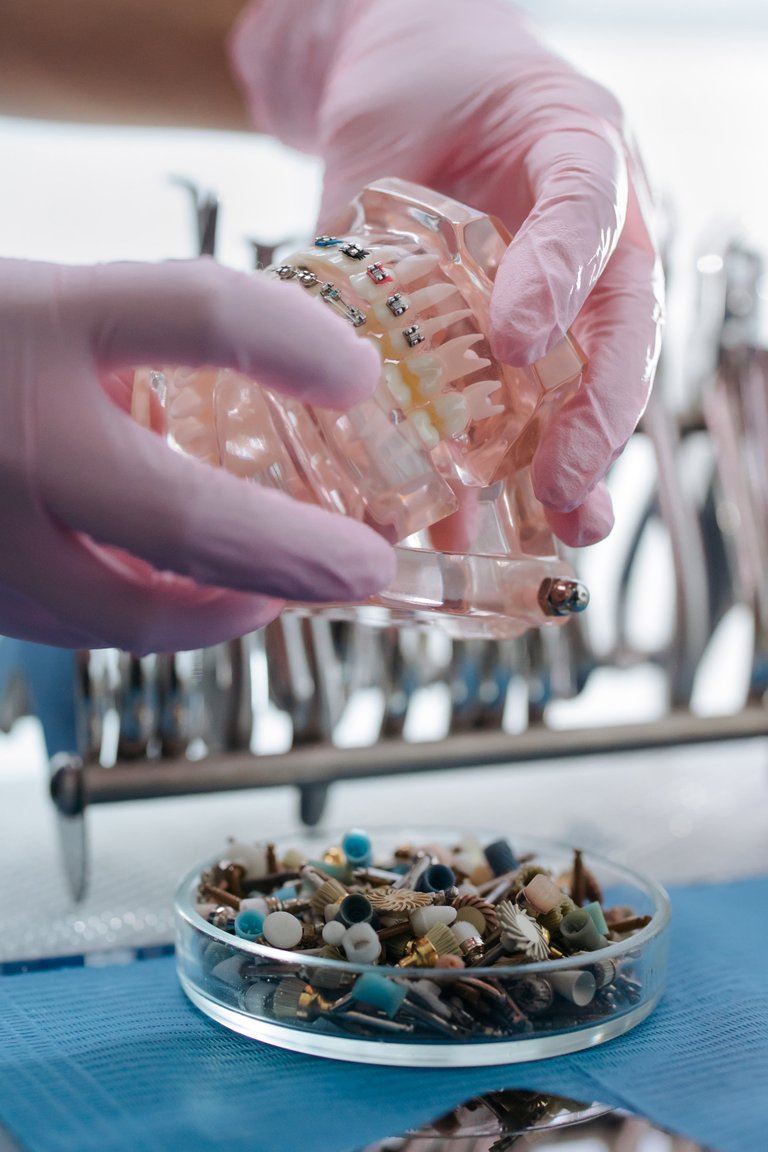
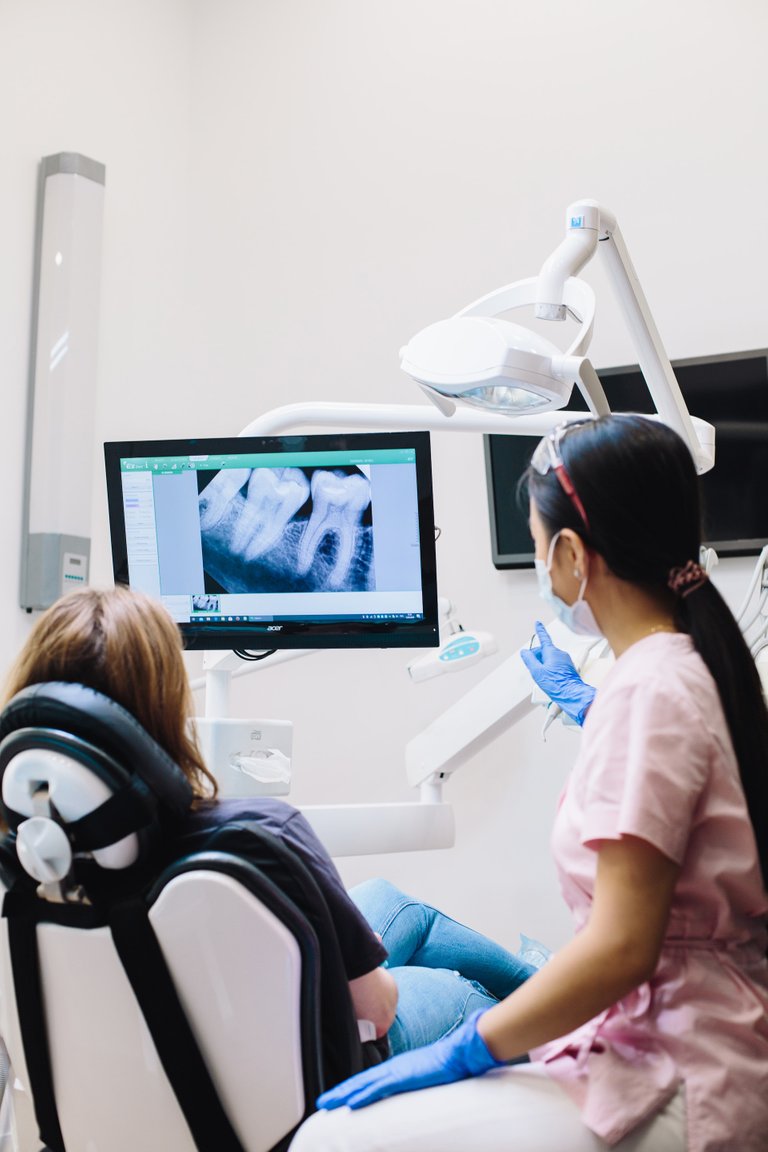
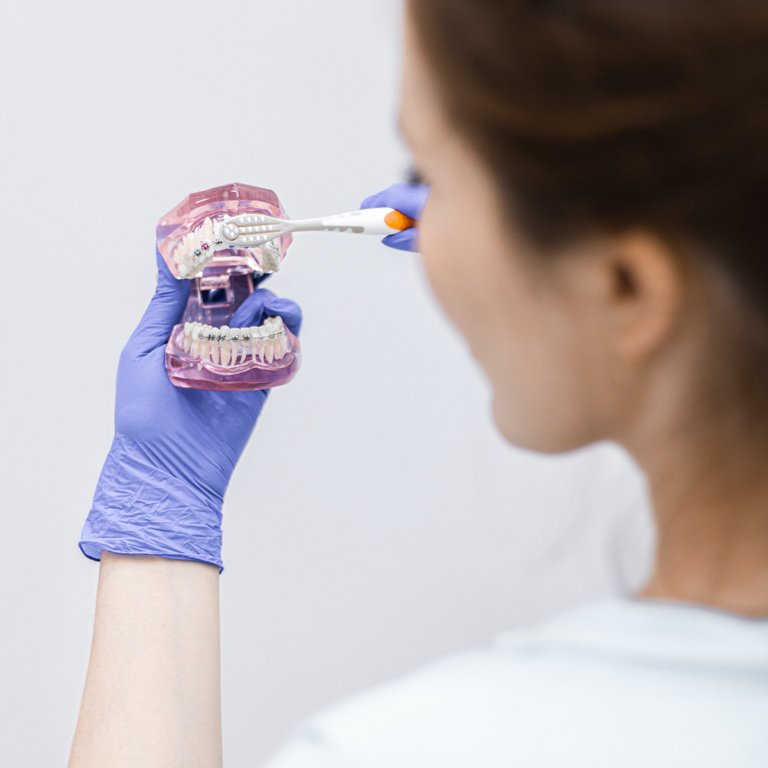
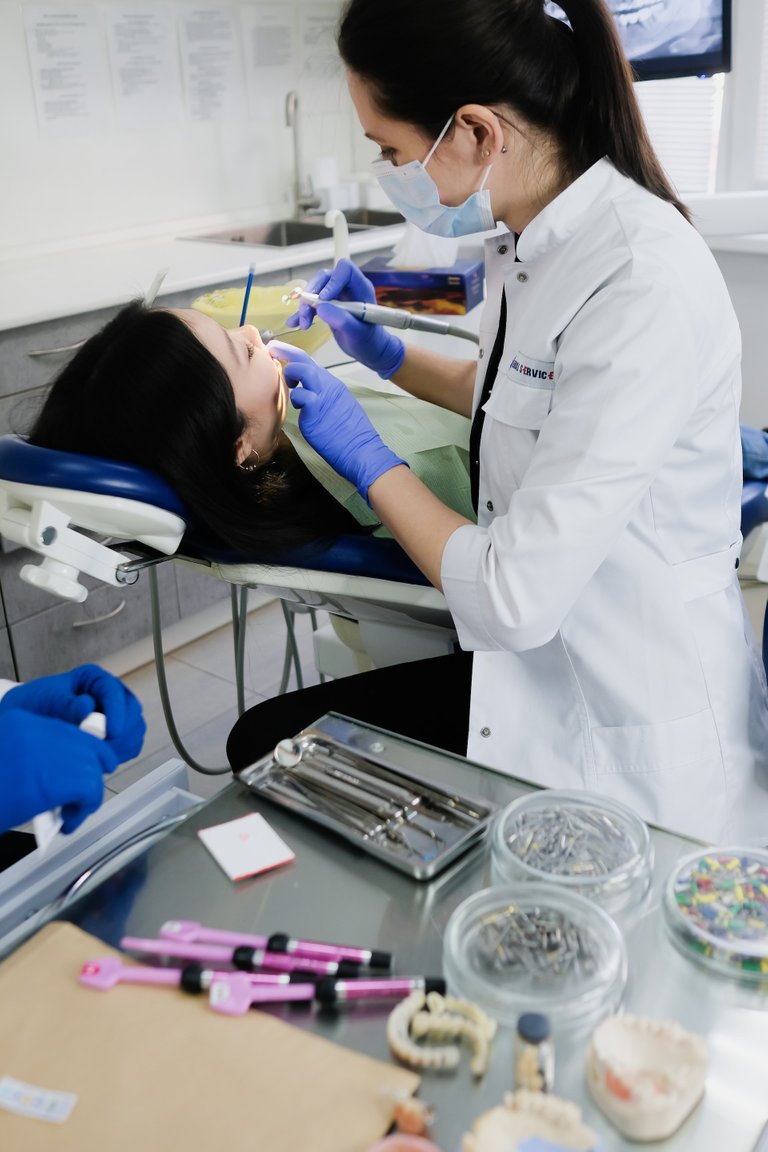
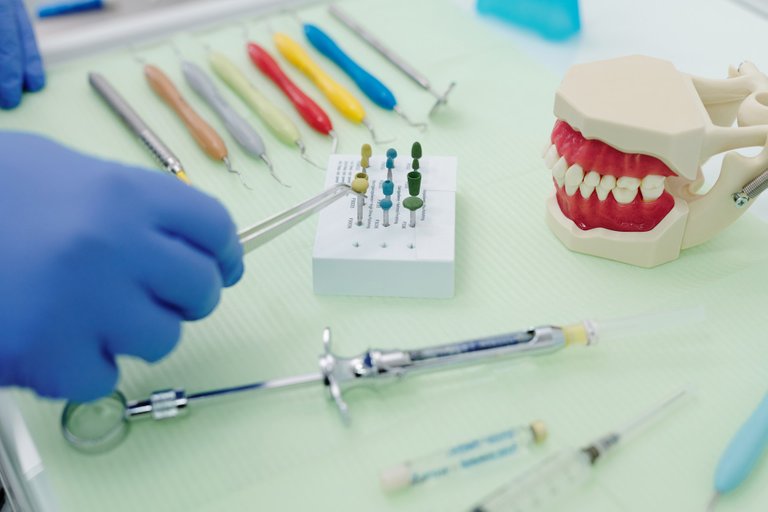
You have provided some interesting information. I think it is an area of health more focused on dentistry, although we doctors can assess the mouth, but it is usually not an area we emphasize, unless the patient refers it, or the upper respiratory area is to be assessed, however, after this post I assure you it will be a more detailed assessment that I will do.
I have not seen any patients with mouth cancer, I must say, unless I have missed one by not assessing properly, I will be more attentive from now on. Thank you.
Thank you for your comment. My goal is that most people know how to prevent it
One of the most preventive measures for the cancer is to be detected early so that it can be combacted early medically
Thanks for your contribution to the STEMsocial community. Feel free to join us on discord to get to know the rest of us!
Please consider delegating to the @stemsocial account (85% of the curation rewards are returned).
Thanks for including @stemsocial as a beneficiary, which gives you stronger support.
Congratulations @elluismma! You have completed the following achievement on the Hive blockchain And have been rewarded with New badge(s)
Your next target is to reach 4500 upvotes.
You can view your badges on your board and compare yourself to others in the Ranking
If you no longer want to receive notifications, reply to this comment with the word
STOPCheck out our last posts: